Fabulous! You’ve been thinking about launching a business because you have a great concept. First, you need to ask yourself “how to validate your startup idea” to find out if your business plan has any chance of succeeding. Making sure there is a market for your product is the first priority for every entrepreneur just starting out. Everything else—including your staff, the design, the price, and so on—is secondary to this.
You can’t make a saleable product without testing the waters in the market first. Stress, perhaps depression, and exhaustion will follow the waste of time, effort, and resources. It’s something that no business owner wants to experience.
Let’s get down to business: here’s how to validate your startup idea before you launch. Before you raise or spend even one dollar, and especially before you bring on staff, you need to do this thorough analysis.
How to validate your startup idea: What is Startup Idea Validation?
It is of the utmost importance that whenever you come up with an idea, you check to see whether or not it is a good one. You might think of this as “idea validation.” There are a few ways to go about this, the most crucial of which is verifying the technical, operational, and economic feasibility of your concept.
First, you need to come up with a way to put your theory to the test. This might be as easy as polling potential customers to gauge interest in your product. It might also be something more involved, like making a prototype of the product. Following the conclusion of the deliberation, it is now time to carry out the actual testing. In other words, find out what others think of your proposal and act accordingly.
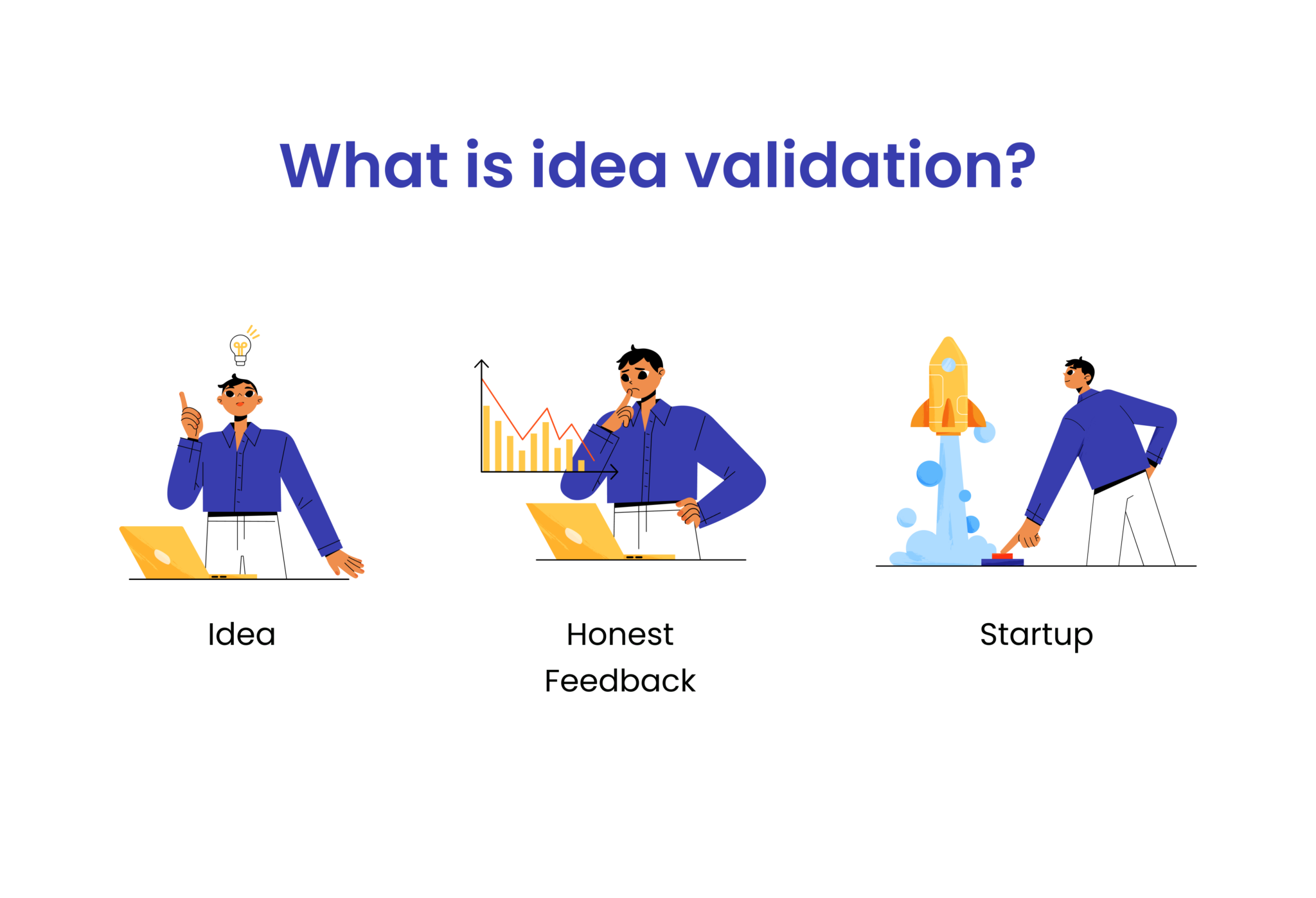
Getting feedback from potential buyers, expert mentors, and advisors is crucial at this stage. You may start working on implementing your plan if you notice that it inspires enthusiasm for your concept. Undoubtedly, if no one seems to be fascinated by your idea, that’s a red flag that you shouldn’t waste time on it. It is important to bear in mind that our target audience may not encompass everyone. It is imperative that our target audience is able to comprehend and appreciate our vision. Failure to do so would indicate a significant issue.
Questions to ask when you validate your startup idea
When trying to figure out whether or not an idea will work, it can be useful to consult a framework designed for this purpose. A solid validation framework will take into consideration the many various criteria that may be used to determine an idea’s potential success.
1. Marketability
The idea’s commercial viability is a crucial consideration. Is there a market for this service or product? Is there a need for this concept in the market? Before going on with any new endeavor, it is vital to have answers to these crucial questions. For this, you have a multitude of effective methods at your disposal, including surveys, interviews, focus group discussions, and online tools.
2. Technical Feasibility
The technical viability of the idea is another crucial element. Is there a possibility that it may be implemented? Do any current options exist that achieve the same goals as your proposed ones? These factors are crucial for determining the potential success of a concept.
3. Financial Feasibility
The idea’s financial viability is another factor to think about. Is there a practical means of funding its implementation? Is there anybody who could be interested in investing in the business and providing funds for it?
These are crucial issues to consider before implementing a plan of action. You will need to plan ahead for a financially sustainable strategy that supports lean service development.
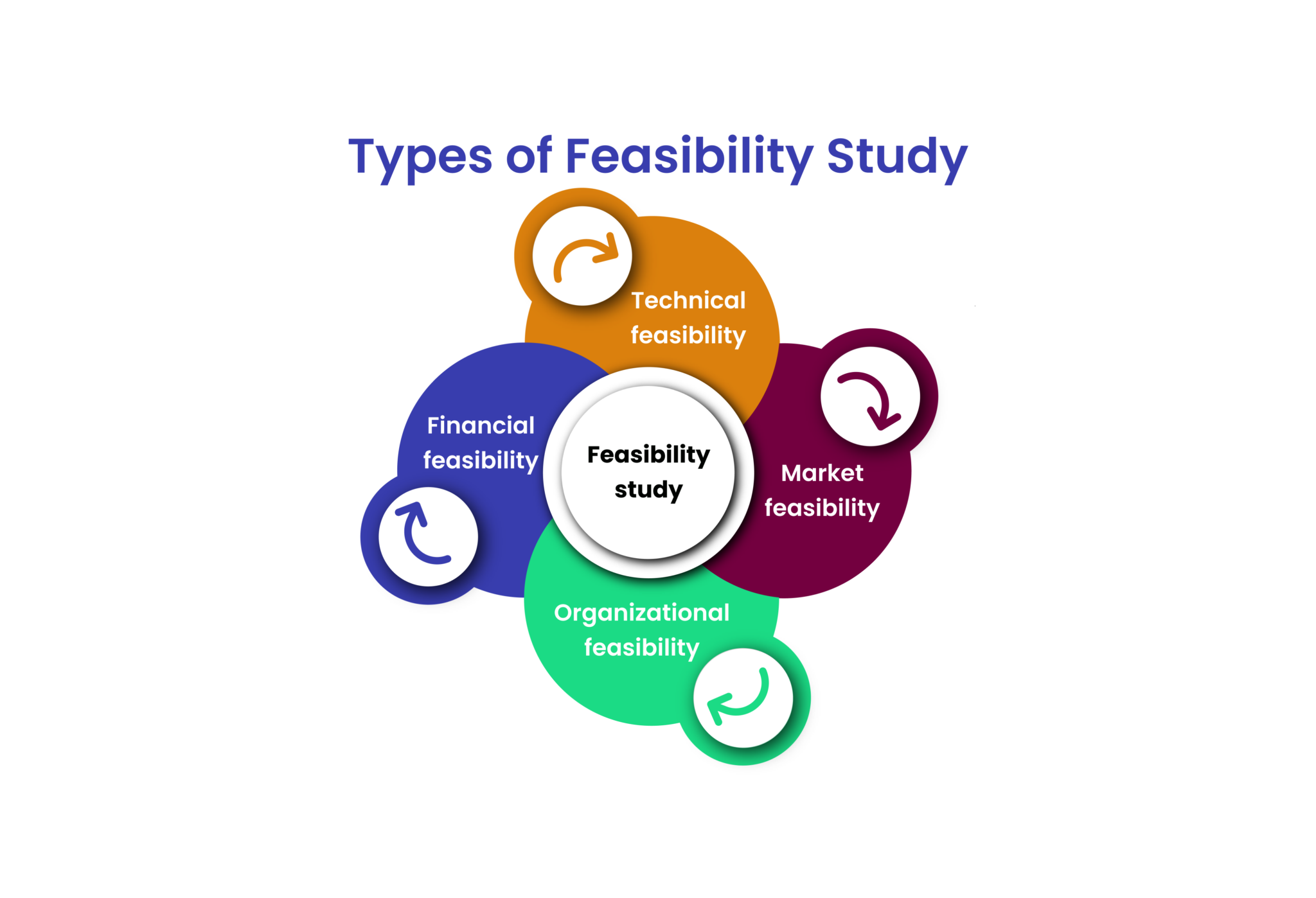
Talk to experts in the field
Startups may verify the viability of their ideas by discussing them with industry professionals. Specialists can provide insight into an idea’s viability and potential for improvement. Finally, entrepreneurs may benefit from consulting with experts because they can learn from the mistakes and triumphs of others who have gone before them.
Idea Validation Process
Unfortunately, there is no universal method for “validating your startup.” Many different approaches exist for this, so it all depends on the nature of your product. Considerations include things like where your ideal consumers live, whether or not they are willing to try your product, etc.
To validate a product, you must first determine its purpose and formulate a testable hypothesis about its value. You must then put that hypothesis to the test via a series of iterative experiments using prototypes and soft launches. That’s the procedure for testing your startup idea.
What started as a hobby may become a thriving enterprise with proper validation. Here are some guidelines for developing specific, attainable goals: Market research and the development of a compelling selling proposition are also important parts of this process.
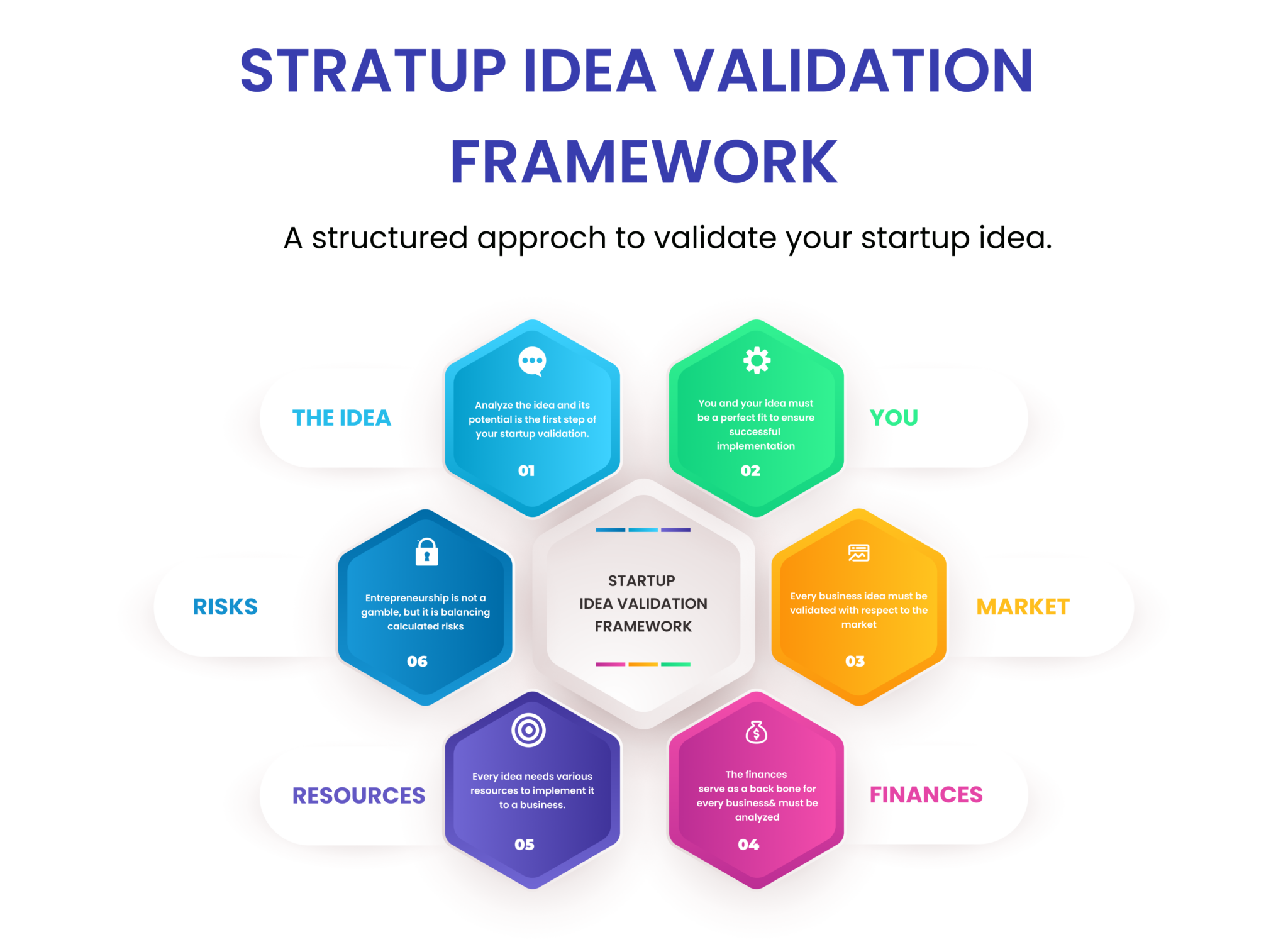
The last stage is the product launch. Having confidence in the reliability of your product, however, is a major plus when going to market.
1. Identify the business concept you have and the goals you want to accomplish with it
It’s important to define your concept and your goals for it before beginning the validation process. Which problem are you hoping to resolve? In what way do you hope this will help you? What do you hope to contribute? Once you have a firm grasp of your concept, you can begin planning for its verification.
You need to be able to articulate the problem in a clear and concise manner in order to solve it. The objective is to simplify things until you can describe the issue in a single statement.
2. Do research on the business concept you’re considering
When you have a firm grasp of your concept, you can move on to the next step: research. Where exactly does your product fit in the marketplace? You can check whether your concept can really work by doing so. Check out the success of competitors who provide comparable products or services. Get in touch with members of your intended audience and listen to their thoughts.
You should gather as much information as possible.
3. How to validate your startup idea: Create a prototype
Making a prototype of your concept is the next logical step after doing research. You may put your concept to the test and learn what others think by doing this. Even if your prototype isn’t flawless, it should still be able to demonstrate your concept’s use in the real world.
Building a prototype of your product is a great way to gauge interest in the concept among potential customers. By letting prospective customers try out the finished product, you may obtain a good sense of its potential based on their reactions.
Create a minimum viable product
If you don’t have the resources to build a full prototype of your product, a minimum viable product (MVP) might serve as a decent stand-in.
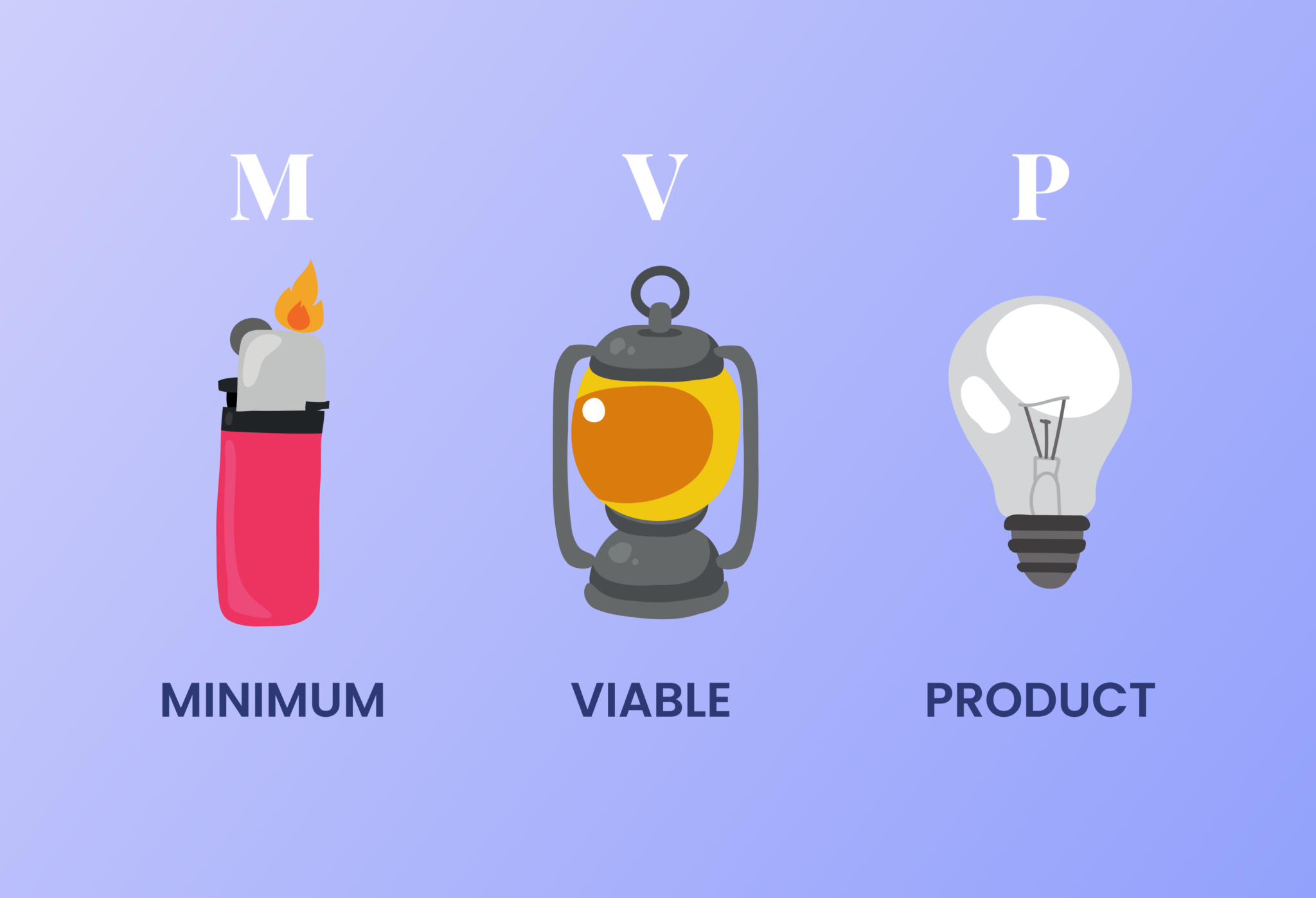
Prototypes serve the purpose of evaluating the functionality of a theoretical solution. MVPs serve the purpose of assisting innovators in gauging the market demand for a conceptual solution by determining whether customers are willing to pay for it. Comprehending this crucial distinction can determine whether you allocate your innovation funds prudently or fail to hit the target altogether.
4. Test your prototype
The next step after making a prototype is to put it through its paces. This is vital since you need to guarantee the efficacy and widespread adoption of your proposal. Get input from prospective consumers by putting together a prototype. Pay attention to the criticisms they have and adapt the prototype appropriately.
Conduct surveys of potential buyers and record what they say
Startups may verify their ideas and concepts through surveys. New businesses may gauge consumer enthusiasm for their products and offerings by doing market research via customer surveys, competitor analysis, industry reports, etc. Startups may use surveys to gauge interest in their product or service and decide whether to pursue further development.
Determine whether there is a market for it
A concept may be validated by testing its market viability. Customers’ willingness to pay may be ascertained by asking them whether they would be willing to pay the price you suggest.
5. Launch your product or service
Launching a product or service is the next logical step after ensuring its viability via testing. This is the last phase of validating your startup idea. If your offering does well in the market, you may be certain that your concept has merit. If it doesn’t work, you’ll know it’s time to try something else.
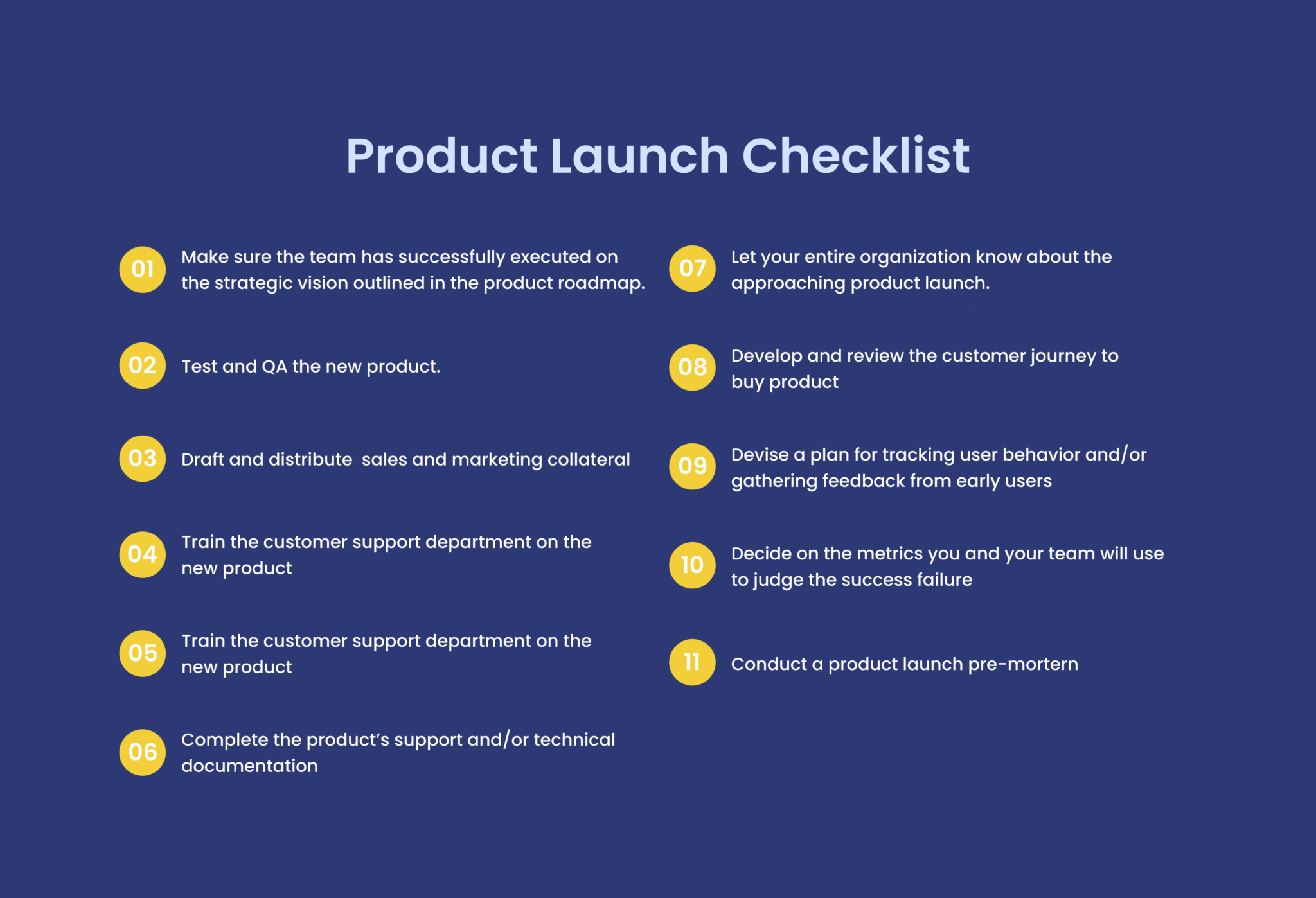
The Outcome of the Validation Phase and Future Steps
You may go forward with your plan of action now that you know your concept is sound. Create a business strategy, make a prototype, or launch your product into the market. It’s important to monitor your development and make adjustments to your strategy as required. What matters most is that you keep moving forward.
Don’t give up hope if you’ve determined that your plan won’t work. This happens often while starting a business and is considered typical. Just take what you’ve learned and apply it to come up with the next big thing.
Wrapping up
After learning a few methods for validating your startup idea, it’s time to consider the next steps. Establishing a timeframe and figuring out what materials you’ll need to complete the job are two of the most crucial first tasks.
It’s also important to consider early on how you’ll know whether your project has been successful. Validating a novel company idea or product might make this a difficult task.
To measure your progress and make modifications as and when necessary, it is crucial to establish certain metrics. Now that you know how to proceed, you can put your strategy into action. Here’s where we talk about goals and KPIs.

